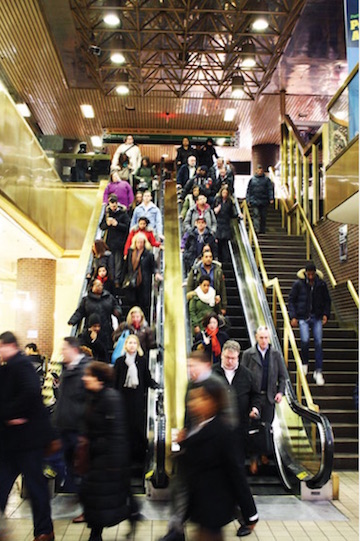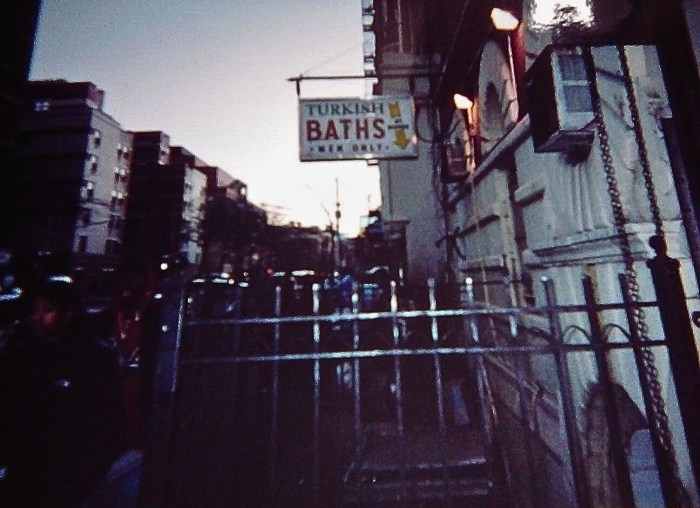
BY JACKSON CHEN | In a potential dramatic change of course, the Port Authority of New York and New Jersey is now pursuing a study about the feasibility of renovating its existing bus terminal into a modern facility to meet the growing volume of passenger traffic.
The current bus terminal on Eighth Avenue between West 40th and 42nd Streets has long been in disrepair and frequently operates beyond its passenger capacity during peak hours. To address the problem, the Port Authority board voted on February 16 to commit $3.5 billion in its new 10-year capital plan to begin a renovation or replacement of the Midtown terminal. The project’s total cost would come in at a far higher price tag, with estimates floating around $10 billion, but the board agreed that $3.5 billion would suffice to kick-start the process.
Early public discussion about creating a modern bus terminal sparked considerable controversy and anger, especially regarding the possibility that eminent domain – the forced sale of private property for a public purpose project – in the blocks surrounding the existing facility might be part of the plan. Criticism from community members and elected officials moved the Port Authority to formally restart the planning process late last year.
At its April 27 board meeting, however, the Port Authority indicated it is now focused on exploring renovation options. According to the agency’s chief of major capital projects Steven Plate, the Port Authority has undertaken a study “evaluating the viability of a build in place option for the existing bus terminal on Eighth Avenue.”
Port Authority’s chair John Degnan said the study is being conducted by an independent consultant and that the results would also include a rough estimate of costs and duration of the option to build on the existing terminal.
“We’ll have an assessment by the end of July by an outside consulting engineer as to the feasibility of the build-in-place alternative,” Degnan said at a press conference following the board meeting. “That then will have to be considered by the board as to whether it ought to be the preferred alternative that we can adopt.”
If the board were to decide to pursue the renovation option, the Port Authority would then conduct an environmental impact study that would take 18 months to two years to complete, according to Degnan.
“If adding floors to the current bus terminal proves viable, I believe it should be the preferred alternative,” New Jersey State Senator Robert Gordon said at the board meeting. “Building on the current site preserves the easy access to the six New York City subway lines. Second, it would minimize the impact and disruption to the Hell’s Kitchen neighborhood both during and after construction.”
Degnan instructed the agency to release the report on the Port Authority website after its receipt in July if possible.
Based on July timetable for completing the viability study, the board expects to take the matter up at its September 28 meeting.


































